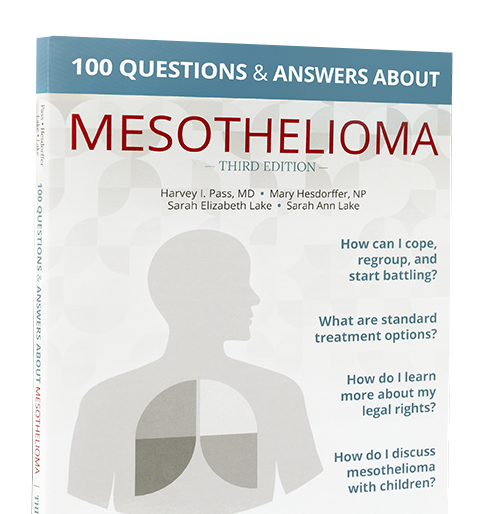Agriculture is a crucial industry in the history and future of the United States. Farmers, farm hands, and other agricultural workers on family and industrial farms made up as much as 20% of the United States workforce through World War II. Throughout the twentieth century as technology advanced, the farming industry moved towards the use of machinery on farms of all sizes.
Unfortunately, agricultural workers are among those who may have an increased risk of developing mesothelioma cancer due to asbestos exposure on the job. At the time these farms were integrating new technology, the use of asbestos was reaching its peak. Asbestos was an inexpensive filler that gained popularity for its resistance to heat, flame, corrosion and its non-conductive properties.
A large exposure risk for farm workers came from the agricultural machinery and equipment. The heat and corrosion resistance provided by asbestos, made use of the mineral desirable in tractors and other machinery. The risk of exposure to asbestos dust was particularly high for those performing repairs and maintenance on equipment- especially tractor brake pads. Much like auto brake pad, tractor brake pads become worn and require replacement. Because of the friction caused by braking, asbestos linings almost always contained asbestos fillers. As the brake pads wore down, asbestos dust was created and collected in wheel wells. When brake pads were removed, handled and cleaned out, the risk of inhaling the small asbestos fibers was high. When asbestos dust in inhaled or ingested, it can become lodged in organ tissue causing scarring and inflammation that may eventually lead to mesothelioma or other diseases.
Potting mixtures and fertilizers often contained vermiculite, which by itself is not dangerous but was historically contaminated by asbestos presenting yet another risk of developing asbestos-related diseases such as mesothelioma cancer. When these products were moved and handled, asbestos dust was created. Buildings where agriculture workers stored materials or performed work likely contained asbestos as well. Asbestos was widely used in building materials such as drywall, insulation, flooring, and many adhesives. As these materials deteriorate, the risk of airborne asbestos fibers in these buildings increased.
Millions of people have been exposed to asbestos over the years. Only now are we able to see the disastrous effects of asbestos exposure in the workplace. Generally, it takes 10 to 60 years from the time of asbestos exposure until symptoms appear or mesothelioma is diagnosed.
Many companies have established trust funds to pay compensation to persons injured by asbestos or diagnosed with mesothelioma.
If you have mesothelioma, or another asbestos-related injury, and wish to consult an attorney about your legal rights to compensation, CLICK HERE for a free consultation.





